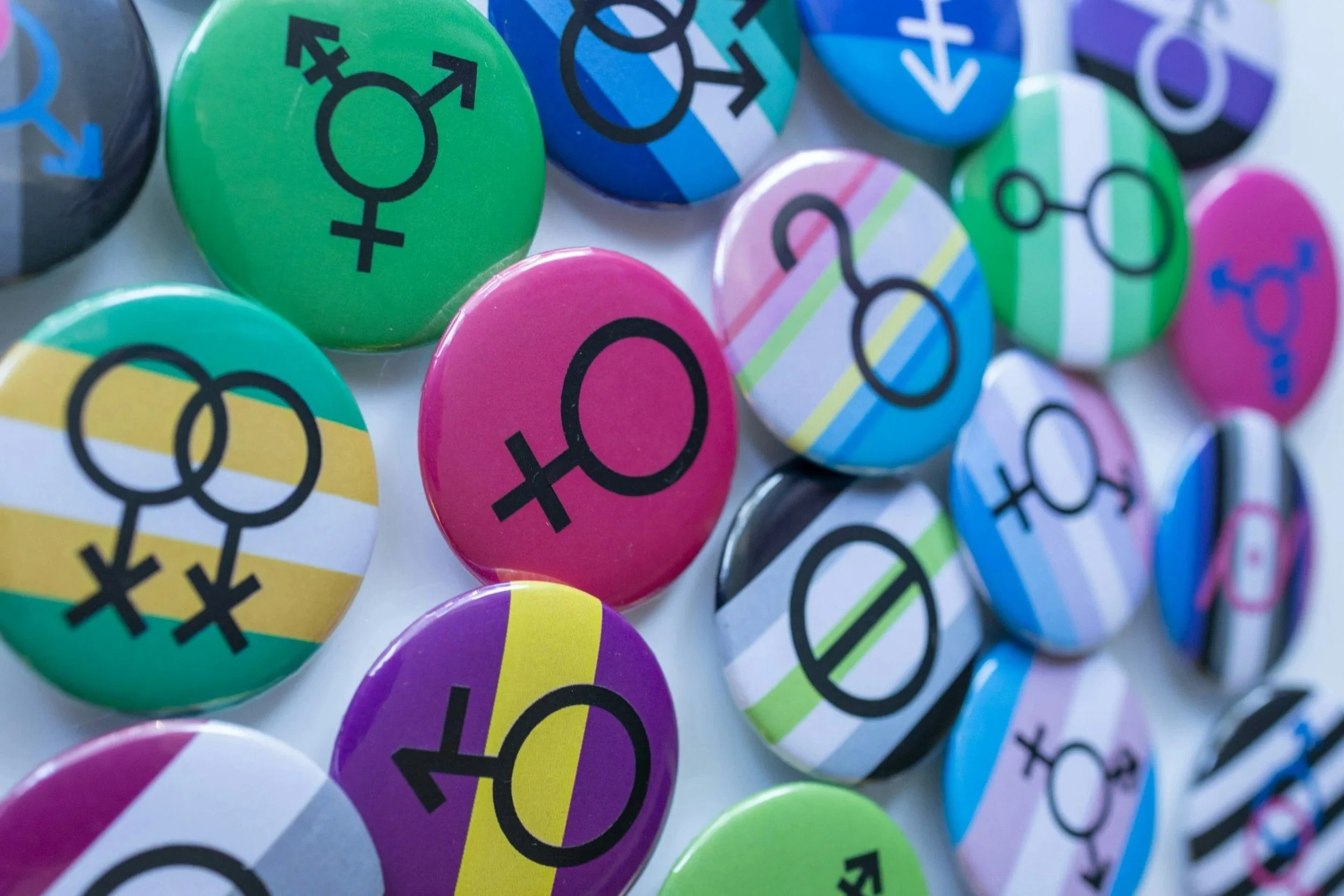
Sexual and Gender Identity
-
What Is Sexual and Gender Identity?
Sexual identity refers to who someone is attracted to emotionally, romantically, or physically (for example, heterosexual, gay, lesbian, bisexual, pansexual, asexual).
Gender identity is a person’s deeply felt sense of being male, female, both, neither, or somewhere along the gender spectrum (for example, transgender, nonbinary, cisgender, gender-fluid).
Both sexual and gender identity are central to how people understand themselves and connect with others. These identities may remain consistent or evolve over time, and each person’s experience is valid and unique.
-
Common Experiences & Challenges
Exploring or expressing sexual and gender identity can bring both joy and difficulty. Common experiences may include:
Self-discovery and questioning
Coming out to friends, family, or community
Feelings of pride and authenticity
Fear of rejection, judgment, or discrimination
Internal conflict or shame due to societal stigma
Stress, anxiety, or depression linked to lack of acceptance
Resilience, growth, and strength from living authentically
-
How Is Sexual and Gender Identity Supported?
Exploring your sexual or gender identity is a deeply personal journey that can bring moments of clarity, joy, and sometimes confusion or pain.
Therapy offers a safe, affirming, and nonjudgmental space to understand yourself more fully and to navigate the emotions, relationships, and social challenges that may arise along the way. Using approaches like affirmative therapy, mindfulness-based practices, and psychodynamic therapy, we work together to explore identity, build self-acceptance, and strengthen resilience. Whether you’re questioning, coming out, or seeking support around identity-related stress, therapy can help you feel seen, supported, and empowered to live authentically and with confidence.
-
Helping A Friend Or Loved One
Supporting someone in their sexual or gender identity journey involves respect, acceptance, and care. You can:
Listen without judgment and believe their experiences
Respect their language and pronouns—this shows validation and dignity
Offer encouragement and affirmation rather than advice unless asked
Provide safety and advocacy, standing against discrimination or bullying
Be patient, especially if they are still exploring or discovering their identity
Celebrate their authenticity—being true to themselves is a strength
Common FAQ About Sexual and Gender Identity
-
While phobias may seem out of proportion to actual risk, they are real, powerful responses in the brain and body. They are not simply “overreactions.”
-
Yes. Some people’s identities remain stable, while others may shift as they explore themselves more deeply. This is a normal part of human diversity.
-
Gender identity is about who you are. Sexual orientation is about who you are attracted to.
-
Very important. Using someone’s correct pronouns is a basic sign of respect and recognition of their identity.
-
Being LGBTQ+ is not a mental health issue. Therapy can be helpful when coping with stress, stigma, or life transitions.
-
Yes, with supportive communities, affirming relationships, and self-acceptance, people can thrive. However, lack of acceptance can make the journey harder, highlighting the importance of social support.



